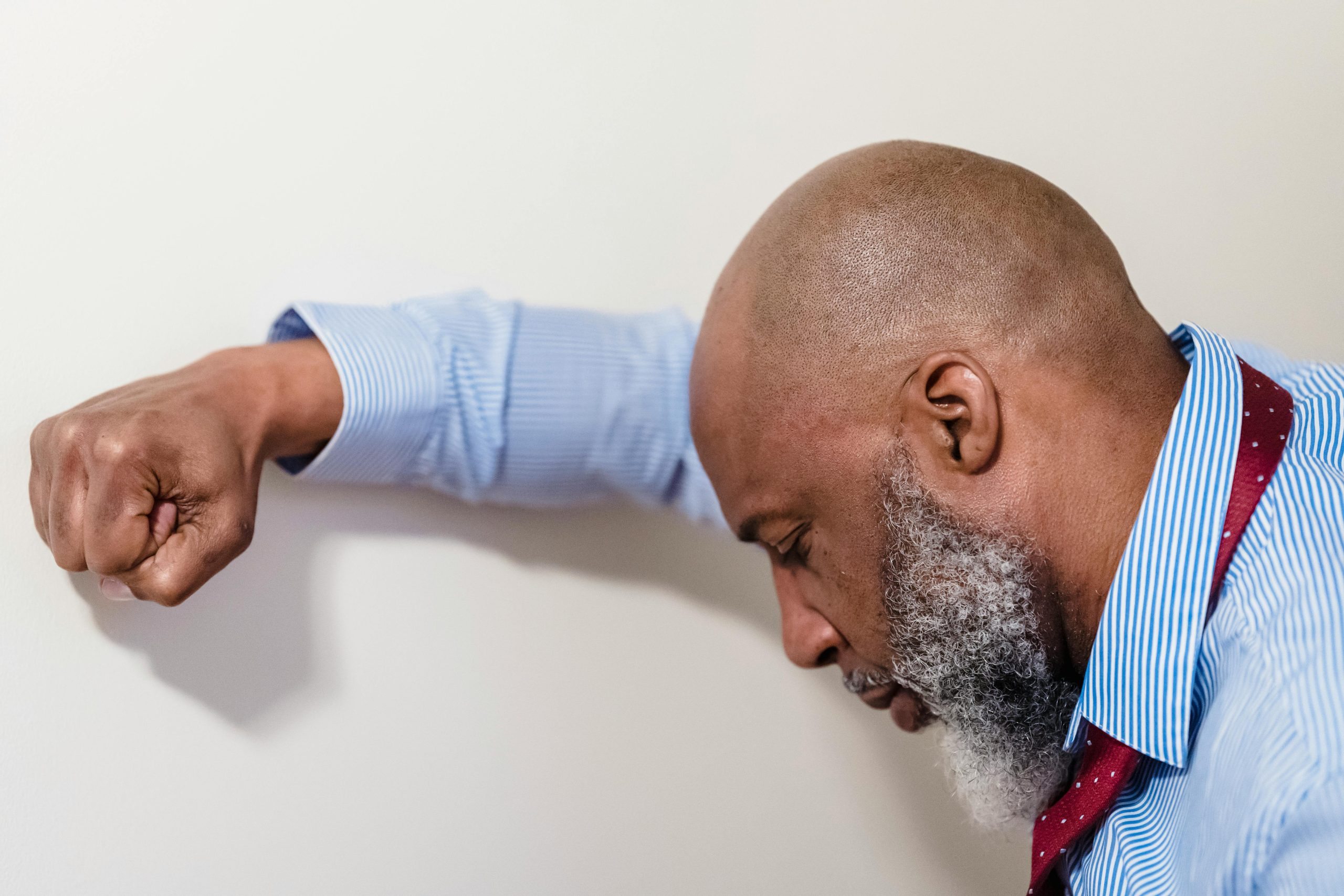Anxiety can feel overwhelming, but one of the most accessible and effective ways to regain control is through breathing techniques. Deep, intentional breathing activates the body’s relaxation response, counteracting stress and calming the mind. Whether you’re dealing with occasional nervousness or chronic anxiety, these powerful breathing exercises can help you find relief naturally—anytime, anywhere.
Why Breathing Techniques Work for Anxiety
When anxiety strikes, the body enters a “fight or flight” state, triggering rapid, shallow breathing and increased heart rate. This response is meant for emergencies, but chronic anxiety keeps the body stuck in this heightened state. Controlled breathing techniques work by:
- Activating the parasympathetic nervous system: Slowing your breath signals the brain to relax.
- Lowering cortisol levels: Deep breathing reduces stress hormones.
- Improving oxygen flow: Proper breathing balances oxygen and carbon dioxide, easing dizziness and tension.
By practicing these techniques regularly, you can train your body to respond more calmly to stressors.
1. Diaphragmatic Breathing (Belly Breathing)
Also known as deep belly breathing, this technique engages the diaphragm to promote full oxygen exchange and relaxation.
How to Practice:
- Sit or lie down comfortably, placing one hand on your chest and the other on your belly.
- Inhale deeply through your nose, letting your belly rise while keeping your chest still.
- Exhale slowly through pursed lips, feeling your belly fall.
- Repeat for 5-10 minutes, focusing on the rise and fall of your abdomen.
Tip: Practice this daily, especially before stressful situations, to build resilience.
2. 4-7-8 Breathing (Relaxing Breath)
Developed by Dr. Andrew Weil, the 4-7-8 method is a simple yet powerful way to calm the nervous system quickly.
How to Practice:
- Sit with your back straight and place the tip of your tongue behind your upper front teeth.
- Exhale completely through your mouth, making a whooshing sound.
- Close your mouth and inhale quietly through your nose for 4 seconds.
- Hold your breath for 7 seconds.
- Exhale fully through your mouth for 8 seconds, repeating the whooshing sound.
- Repeat the cycle 3-4 times.
Note: This technique may cause lightheadedness at first—reduce the counts if needed.
3. Box Breathing (Square Breathing)
Used by Navy SEALs to stay calm under pressure, box breathing is excellent for grounding and focus.
How to Practice:
- Inhale deeply through your nose for 4 seconds.
- Hold your breath for 4 seconds.
- Exhale slowly for 4 seconds.
- Hold your breath again for 4 seconds.
- Repeat for 3-5 rounds.
Visualizing a box (inhale, hold, exhale, hold) can help maintain rhythm. This technique is great for panic attacks or high-stress moments.
4. Alternate Nostril Breathing (Nadi Shodhana)
A yogic practice, alternate nostril breathing balances the left and right hemispheres of the brain, promoting mental clarity and calm.
How to Practice:
- Sit comfortably and use your right thumb to close your right nostril.
- Inhale deeply through your left nostril.
- Close your left nostril with your ring finger, then exhale through the right nostril.
- Inhale through the right nostril, then switch and exhale through the left.
- Continue alternating for 5-10 cycles.
This technique is especially helpful before sleep or when feeling scattered.
Tips for Maximizing the Benefits
To get the most out of these breathing exercises:
- Practice consistently: Even 5 minutes daily can make a difference.
- Combine with mindfulness: Focus on the sensation of breath to anchor yourself in the present.
- Use apps or timers: Guided sessions can help beginners stay on track.
- Listen to your body: Adjust the pace if you feel lightheaded or strained.
Breathing techniques are a natural, drug-free way to manage anxiety and restore balance. Whether you choose diaphragmatic breathing, the 4-7-8 method, box breathing, or alternate nostril breathing, each offers unique benefits to soothe the mind and body. With regular practice, you’ll build a powerful toolset to navigate stress with greater ease and confidence. Start small, be patient, and let your breath guide you toward calm.


